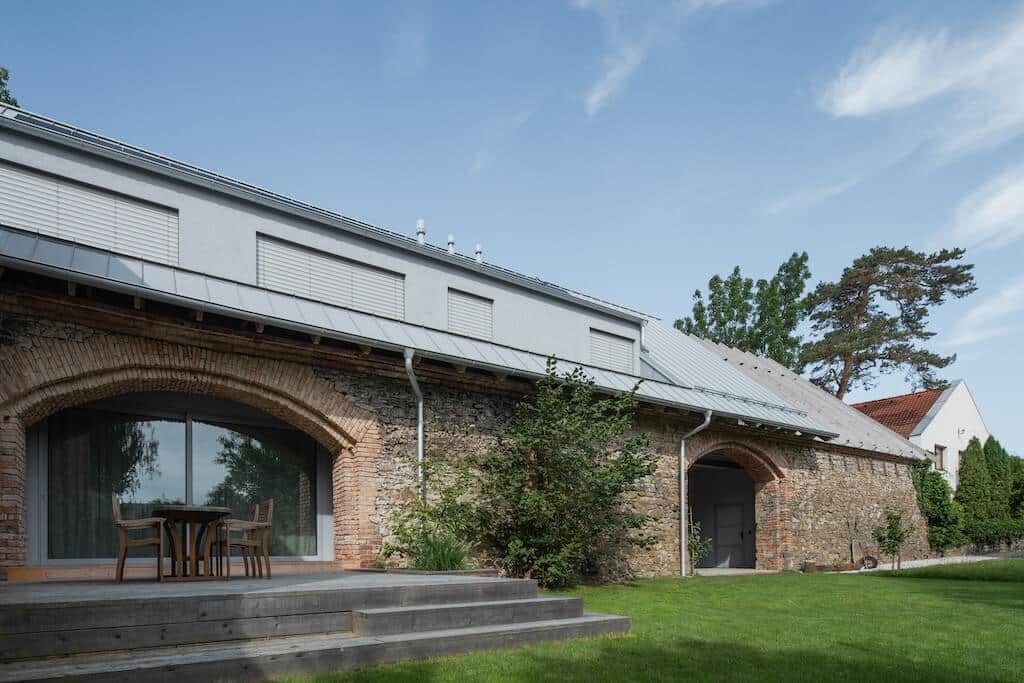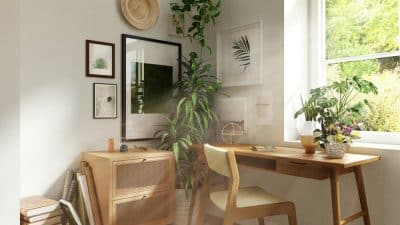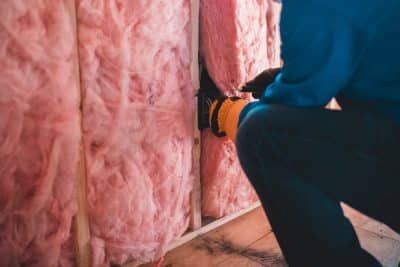
Barns are kind of like nature’s cozy places. Maybe it’s the openness, the simplicity of its natural materials, or the feeling that it has always been a part of the landscape. Lately, barns have leveled up. People are turning them into welcoming homes and weekend escapes that still have that charming, rustic feel with a modern look.
Modern barn designs are a perfect blend of the old and the new. They’re sort of stylish vacation homes to family homes that also hold onto that ‘rural’ charm.
These five design strategies turn simple barns into functional living spaces.
1. Structure Guides the Way
One of the most important design elements of barns is the structure itself. The way they’re built with the open, often symmetrical layout – it just creates a naturally balanced vibe. It’s perfect for new, open living spaces.
Instead of trying to fight the structure of the building, modern barn design works well with it. For example, exposed timber beams and high ceilings make the place feel so open and authentic. Whether you are building from the ground up or using an old frame, it’s all about letting the structure guide the flow inside.
Some of the best barn homes keep the rafters exposed. It just makes the ceiling feel huge and adds a sense of depth. Even in new builds, it holds onto that classic barn vibe and keeps the soul and character that people are drawn to.
2. Mix Materials
New-age barn design is about finding the common ground between old-school materials and newer, modern finishes.
It’s really important to pick materials that’ll look even better as they age, while adding just enough contrast to keep it fresh. Some examples are: natural stone alongside minimalist cabinets, warm wood floors alongside white walls, or reclaimed wood with matte black fixtures. It isn’t about stripping away all the characters – it’s more about blending old and new subtly.
I found out that having access to work with experienced horse barn builders near me who understand the balance between form and function is key. From giving old material new life to shaping a layout that works, they know how to make the most of a space.
3. Simple Is Elegant
Barns have always been about simplicity, and that’s part of their appeal. Modern barn homes really lean into simplicity with minimal decor, neutral colors, and furniture that is comfortable, and it doesn’t take up too much room.
Simple forms, clean lines, and open space help these areas feel calm and welcoming. Everything complements one another, letting the natural beauty shine and making all feel connected to what is outside. The architecture takes the spotlight – there’s no need for extra decor to take away from it.
This minimalist approach creates a natural blend where the interior flows smoothly with the outside, enhancing the overall feel of the space.
4. Blending Landscape and Light in Design
Old barns were designed with practicality, focusing on getting the basics right, like airflow, natural light, and orientation. These features were built into the design long before even sustainability became a popular trend. Today, these same old ideas are being refined into smart and considerate design strategies that keep the traditional barn style.
Glass walls, clerestory windows, and large sliding doors bring the outside in, making the beauty of the surrounding countryside feel like part of the interior. It’s not about cutting a place off from nature, no. Instead, the modern barn frames the views, turning an (seemingly) ordinary field into a stunning sight for everyday life.
It’s way more than just a pretty view. It’s a great way to blur the lines between inside and outside, so the outdoors isn’t something you look at; it feels like it’s part of your everyday life. This kind of thoughtful design transforms them into lasting homes that feel both functional and inviting.
5. Creating Dual-Purpose Spaces
Many homeowners are finding creative ways to blend traditional uses, like housing animals, workshops, storing tools, etc., with today’s living standards.
That is one of many great things about this barn design and how it’s adapted to embrace dual-purpose living. It’s where space meets creativity. Pulling this together takes some smart planning. Things like smart zoning, separate ventilation, and soundproofing between living areas and animal areas can be significant to make everything work right. It brings a lot of creative possibilities. An old tack room can be turned into a home office, and a guest loft can be added above the stable.
It’s a return to the original purpose of barns. They’ve always served many roles, often at once. These days, more people are adopting hybrid lifestyles, and this kind of functionality is important.
Conclusion
Modern barn design is appealing for its functionality and its honouring of traditional values.
Barns create timeless spaces that promote simplicity and a strong connection to nature. They are a reminder that brilliant design isn’t about overdoing it because it’s about creating spaces that feel real, easy to live in, and connected to their environment.








